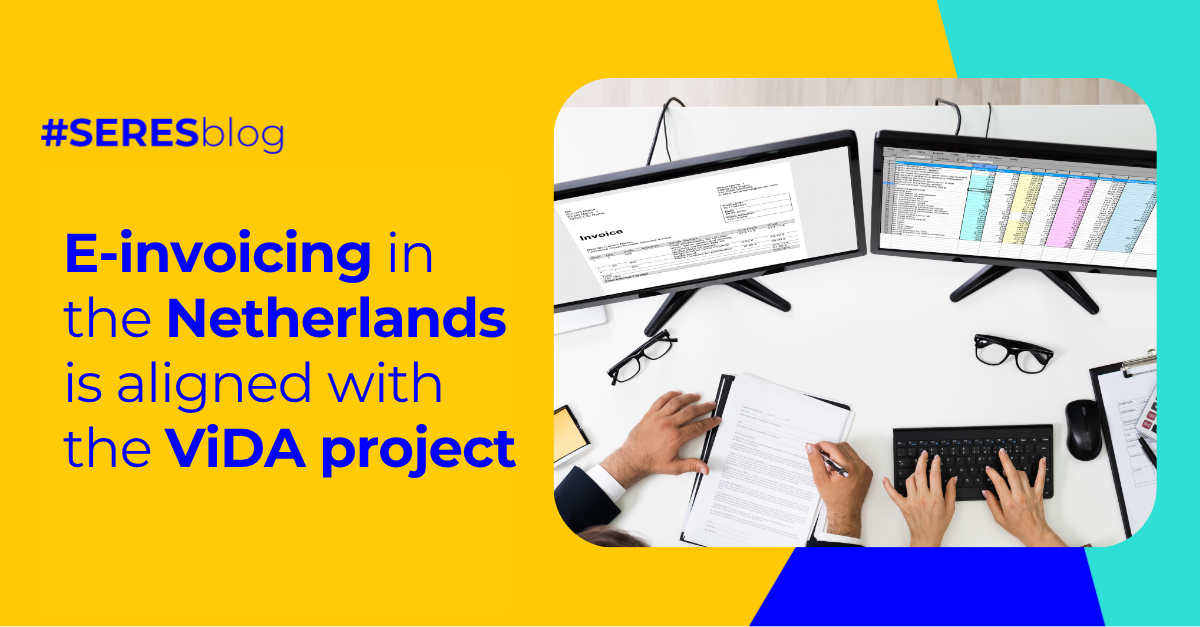The electronic invoicing in Singapore
Singapore pioneered the use of electronic invoicing - not just in Asia but worldwide. The country began using it in 2003, at the same time as Chile. However, it would be years later that it would become mandatory in Singapore.
One might think that having implemented it so early, e-invoicing would be very advanced in Singapore. However, this is not entirely correct. In this post we explain its importance in the Asian country and how it has evolved.
E-invoicing sitting alongside traditional methods
As mentioned above, in spite of the length of time it has been used in this city-state, B2B (business-to-business) transactions still coexist with paper invoices. In fact, and as reported by PEPPOL, a large Singaporean company issue an average of 2 million paper invoices annually - which would be equivalent to the height of Marina Bay Sands, the city's landmark building. Managing these invoices also requires about eleven full-time people, whereas electronic invoicing would reduce this to approximately three people.
On the other hand, as reported by Infocomm Media Development Authority (IMDA), 80% of the country's companies have not yet switched to digital, and this can be linked to the low take-up of electronic invoicing. As businesses have neither the right technology nor internal digital culture, e-invoicing has not been implemented in the private sector, despite the benefits and simplicity it brings.
However, it should perhaps be a priority, as delays in receiving payments is the main financial concern of Singaporean SMEs, according to SPRING Singapore. Three in five small and medium-sized enterprises there experience delays in receiving payments from their clients annually.
With this situation, and being aware of the benefits that e-invoicing brings to the country's economy, the government has taken steps to implement it. Since May 2008, electronic invoicing has been used for transactions between the government and suppliers to government agencies (B2G). It has been mandatory for all public authorities since 2018.
Moving towards a standardising of e-invoicing: challenges and trends
This measure aimed at the public sector is expected to have a snowball effect on the country's business environment and will cover all B2B transactions, starting with government suppliers. Indeed, the widespread use of credit cards and the decrease in the use of cash in the country suggests that e-invoicing will be easily accepted.
In addition, in 2019 Singapore adopted the common PEPPOL format for exchanging electronic invoices, which facilitates transnational trade and with the whole of Europe, being subject to this format. Singapore has thus become the first country outside the EU to join this network.
The reason behind the change is the fact that Singapore is by far Asia's largest trading partner, accounting for almost a third of trade in goods and services between the European Union and ASEAN. By following this format, trade is facilitated not only between government organisations, but also between Singaporean and European companies.
However, the implication for government of implementing e-invoicing for B2G and G2G transactions contrasts with the lack of legislation that exists in the private sector. The few rules that exist on this matter are related more to the way in which such invoices should be filed than to any guidelines for issuing and receiving them.
The main problem in standardising electronic invoicing is that, currently, various formats coexist and traditional PDF and paper invoices are still accepted. IMDA aims to establish a common framework for the exchange of electronic invoices within the country but, for now, there is no specific date. It appears to be a medium- to long-term project -given that, first of all, companies need to be skilled up (for which a digitalization programme has already been proposed) before these invoices can be processed.
However, the growth of Singapore's economy and international trade act as drivers for necessary digital transformation. Just as this country became a pioneer of electronic invoicing, it is expected to lead the adoption of a common format throughout Asia that facilitates transnational trade and reduces its costs.



